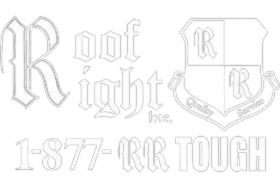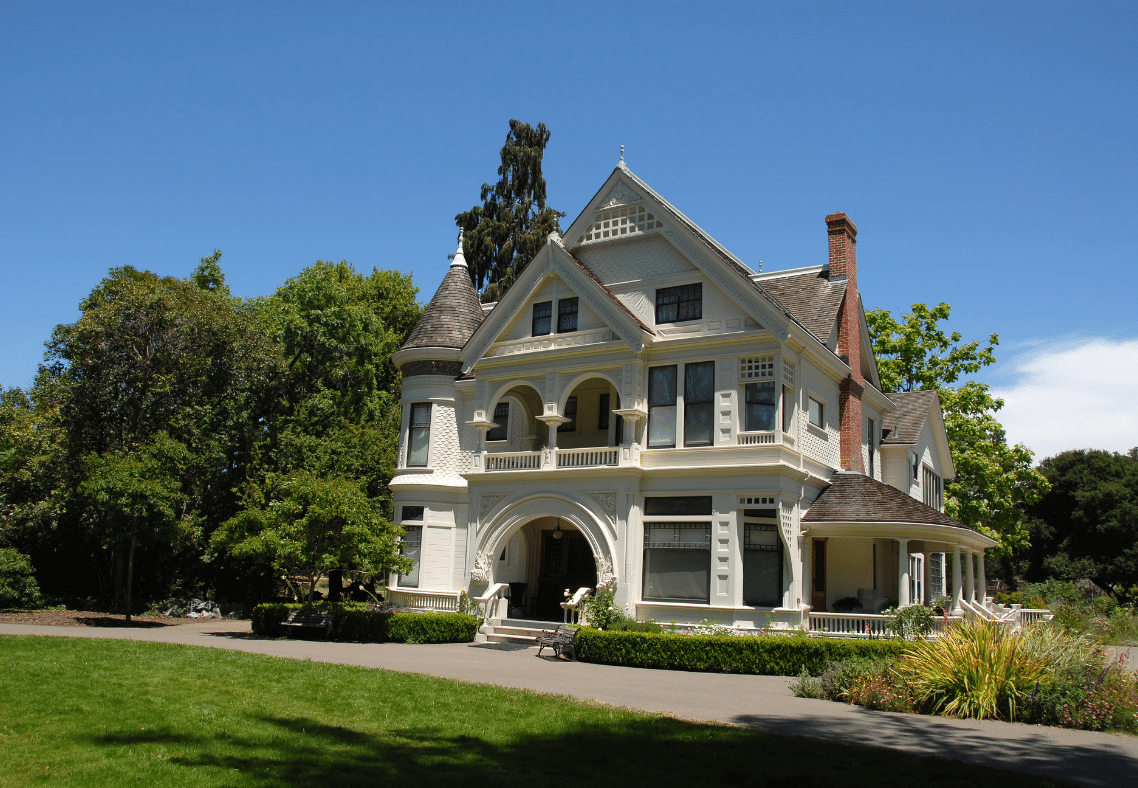Guide To Replacing Historic Windows In Baltimore Homes
Roof Right: Exterior Home Remodeling Specialists in Maryland Contact UsSchedule A Free EstimateBaltimore’s architectural landscape is a testament to its rich history, with neighborhoods like Mount Vernon, Bolton Hill, and Fell’s Point showcasing homes that date back centuries. These historic residences often feature original windows that contribute significantly to their character and charm. However, as time progresses, homeowners may find the need to replace these windows due to deterioration, energy inefficiency, or functionality issues. Navigating the process of replacing historic windows in Baltimore requires a careful balance between preservation and modernization.
Guide To Replacing Historic Windows In Baltimore Homes
Understanding Baltimore’s Historic Preservation Guidelines
In Baltimore, the Commission for Historical and Architectural Preservation (CHAP) oversees modifications to properties within designated historic districts. Before undertaking any exterior alterations, including window replacements, homeowners must obtain CHAP approval to ensure compliance with established preservation standards. These guidelines emphasize the importance of maintaining the original appearance, materials, and craftsmanship of historic windows. Similarly, the Maryland Historical Trust (MHT) provides oversight for properties under easement agreements. MHT prioritizes the repair and maintenance of existing historic windows over replacement. If replacement is deemed necessary, the new windows must closely match the original in appearance, size, design, and materials.
Assessing the Need for Window Replacement
Before deciding to replace historic windows, it’s crucial to assess their condition thoroughly. Many issues, such as draftiness or minor rot, can often be addressed through repair and weatherization. Restoring original windows not only preserves the home’s character but can also be more cost-effective in the long run. However, if windows are beyond repair—exhibiting severe deterioration, warping, or structural damage—replacement may be the most viable option. Engaging a professional with experience in historic window restoration can provide clarity on whether repair or replacement is the best course of action. They can conduct a thorough evaluation, considering factors like wood integrity, glass condition, and overall functionality.
Selecting Appropriate Replacement Windows
When replacement becomes necessary, choosing windows that align with the home’s historical character is paramount. Consider the following factors:
- Material: Opt for wood or aluminum-clad wood windows, which offer durability while maintaining a traditional appearance.
- Design: Ensure the new windows replicate the original style, including sash configuration, muntin patterns, and profiles.
- Glazing: Select clear glass or low-emissivity (Low-E) glass that mimics the look of historic panes while enhancing energy efficiency.
- Installation: Work with experienced contractors who understand the nuances of historic window installation and can ensure compliance with CHAP and MHT guidelines.
It’s also beneficial to consult with manufacturers who specialize in historic window reproductions. They can provide custom solutions that meet both aesthetic and regulatory requirements.
Navigating the Approval Process
Securing the necessary approvals for window replacement involves several steps:
- Consultation: Engage with CHAP or MHT early in the planning process to discuss proposed changes and receive guidance.
- Documentation: Prepare detailed documentation, including photographs of existing windows, specifications of proposed replacements, and justification for the changes.
- Application: Submit a formal application to the appropriate agency, ensuring all required information is included.
- Review: Await the agency’s review and respond promptly to any requests for additional information or modifications.
- Approval: Upon receiving approval, proceed with the window replacement, adhering strictly to the approved plans.
It’s important to note that undertaking work without the necessary approvals can result in penalties and may necessitate costly corrective measures.
Benefits of Replacing Historic Windows
While preserving original windows is ideal, replacement can offer several advantages:
- Energy Efficiency: Modern windows with advanced glazing and insulation can significantly reduce energy costs.
- Enhanced Security: New windows often come with improved locking mechanisms, enhancing home security.
- Noise Reduction: Upgraded windows can provide better sound insulation, creating a more peaceful indoor environment.
- Low Maintenance: Contemporary materials require less upkeep, saving time and resources.
However, it’s essential to ensure that these benefits are achieved without compromising the home’s historic character.
Contact Roof Right for Historic Window Replacements in Baltimore, MD
At Roof Right, we understand the delicate balance between preserving the historical essence of your Baltimore home and incorporating modern functionality. Our team of skilled professionals specializes in historic window replacements, ensuring that each project aligns with CHAP and MHT guidelines. We offer personalized consultations to assess your specific needs, providing expert recommendations tailored to your home’s architectural style. Our commitment to quality craftsmanship and attention to detail ensures that your new windows will enhance your home’s beauty while honoring its historical significance. Don’t navigate the complexities of historic window replacement alone. Trust Roof Right to guide you through every step of the process, from initial consultation to final installation. Contact us today to schedule your consultation and take the first step toward revitalizing your historic Baltimore home.
Areas We Serve
If you're looking for a roof contractor in Maryland, give Roof Right a call today at (410)-374-5923 to schedule an appointment!
Carroll County
Howard County
Clarksville, Columbia, Elkridge, Ellicott City, Fulton, Jessup, Laurel, Woodstock
Montgomery County
Baltimore County
Baldwin, Bradshaw, Carney, Cockeysville, Glen Arm, Hunt Valley, Jacksonville, Kingsville, Lutherville, Nottingham, Overlea, Owings Mills, Parkton, Parkville, Perry Hall, Phoenix, Pikesville, Reisterstown, Sparks, Timonium, Towson, White Marsh

